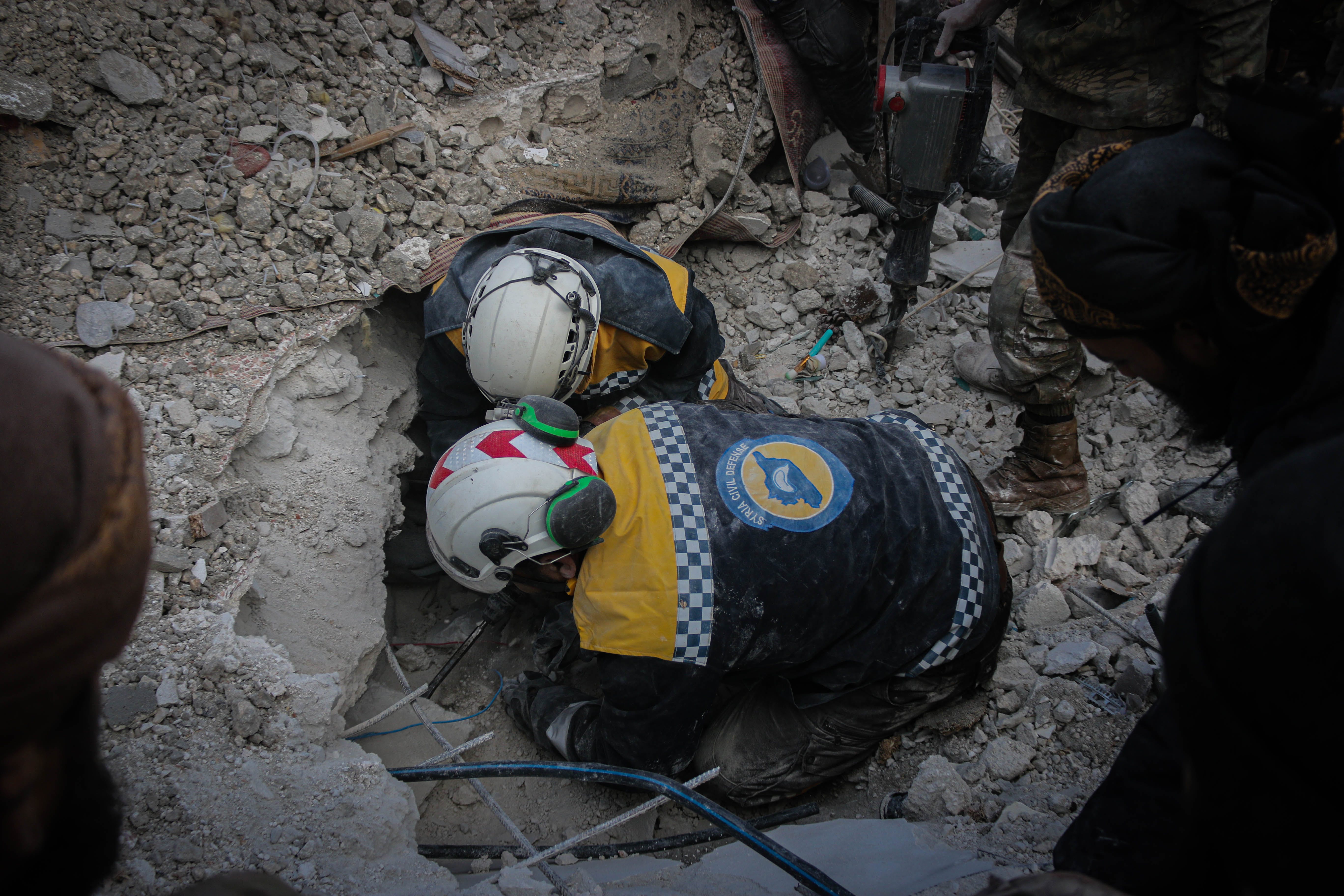Spend some time talking about the state of humanitarian reform and a few things are inevitable.
There will be acknowledgement of technical improvements against a backdrop of systemic stasis. Individuals will mostly dissect the sector’s failings, while agencies will mostly promote their progress. Someone will say they aim to do themselves out of a job, then sigh that that day is a long way off. And accountability to affected people (AAP) – the need to ‘put people at the centre’ – will inevitably come up as emblematic of the sector’s inability to turn its rhetoric into reality.
A swathe of evaluations and studies show that AAP is not having its intended impact. A flurry of activities has not yet delivered greater accountability or participation, and many humanitarians fear AAP is becoming a tick-the-box exercise. The sector, in other words, is getting stuck in the weeds: unable to achieve meaningful change, it has become caught in a churn of plans, activities and (usually self-generated) reports.
As a new Practice Paper published by HAG shows, this has the effect of diminishing vital leadership and imagination, relegating ‘AAP work’ to over-specialised areas which have to compete with programs for funding, accumulating unnavigable masses of guidance, and scoring good intentions instead of evidence of results. Though it’s tempting to respond by ever more lofty statements about the need for change, we know that speaking boldly is not the same as acting with intent.
Instead, the paper proposes six ways to think about improved, outcome-focused AAP that are intended to help humanitarian leaders find a path that walks between the weeds and the clouds. We call for operational agencies and donors alike to start more honest conversations and, as these conversations help to progress thinking, to keep a resolute focus on outcomes. Here is a summary of the areas we identified – they are explained further in the main report.
- Let people, not process, be your guide.
Humanitarian leaders have a responsibility to advocate for those they exist to assist; donors have a role (currently underutilised) in rewarding responsive programming and honest reporting. Framing AAP approaches as an effort to increase proximity to affected communities may provide inspiration for more meaningful representation, communication, and support for locally trusted systems.
- Structure your work to be accountable, not to ‘do accountability’.
A response cannot be accountable without understanding what is happening locally and making decisions in line with community priorities. This might require making big changes to planned activities – adaptive management – and listening to affected people not just on how things are done, but whether they’re even the right things to do. Having colleagues responsible for ‘doing AAP’ in the absence of strategy and leadership commitment will always fall short.
- Think bigger. Localise your assessment process and take cash programming seriously.
This is about assessments that are holistic but not exhaustive. Rather than compiling endless lists of questions based on what the technical sectors think they need to know, think how you can increase the focus on community priorities and existing local activities. This is also about listening if communities are telling you they need cash. If this preference is consistently ignored, that’s an accountability gap that no number of focus groups or surveys or hotlines will fix.
- Measure results and be honest about what worked and what didn’t.
A culture of self-reporting in the humanitarian sector means that the creation of information channels is often taken to prove that knowledge has been shared and the existence of feedback mechanisms is counted as evidence of a culture of participation. These fictions are allowed to persist because of a lack of proper measurement of AAP and a lack of transparency about results.
- Diagnose specific participation weaknesses and commit to fixing them.
General aspirations for ‘better AAP’ or ‘greater accountability’ aren’t enough. Being realistic – and transparent – about what you will and won’t be able to fix is better. Use communities’ feedback and priorities to identify specific but ambitious goals. As we say in the report, ‘Don’t be scared to report slow progress – evidence of tangible change, no matter how slow, should trump hyperbole if we are ever to bridge the huge gap between the AAP weeds (endless activities) and the clouds (empty idealistic rhetoric).’
- Be an outlier and look to a different future.
Imagination, long-term commitment, and a willingness to have difficult conversations are all crucial. But right now, saying AAP is not working is neither difficult nor brave, and we are struggling to think beyond what’s been tried in the past. We need leaders ready to embrace the challenges of charting the path for change despite incentives that favour the status quo. Only then can we hope to see humanitarian responses that embrace the priorities of affected communities, avoid doing harm through redundancy or duplication, and accept full responsibility when they fall short of the high standards to which the sector rightly aims.
Meg Sattler is Director of Ground Truth Solutions.






